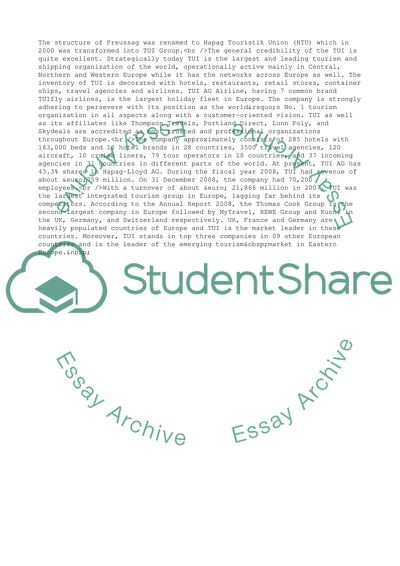Cite this document
(International Business Finance and Trade Case Study, n.d.)
International Business Finance and Trade Case Study. https://studentshare.org/business/1737464-international-business-finance-and-trade
International Business Finance and Trade Case Study. https://studentshare.org/business/1737464-international-business-finance-and-trade
(International Business Finance and Trade Case Study)
International Business Finance and Trade Case Study. https://studentshare.org/business/1737464-international-business-finance-and-trade.
International Business Finance and Trade Case Study. https://studentshare.org/business/1737464-international-business-finance-and-trade.
“International Business Finance and Trade Case Study”. https://studentshare.org/business/1737464-international-business-finance-and-trade.


